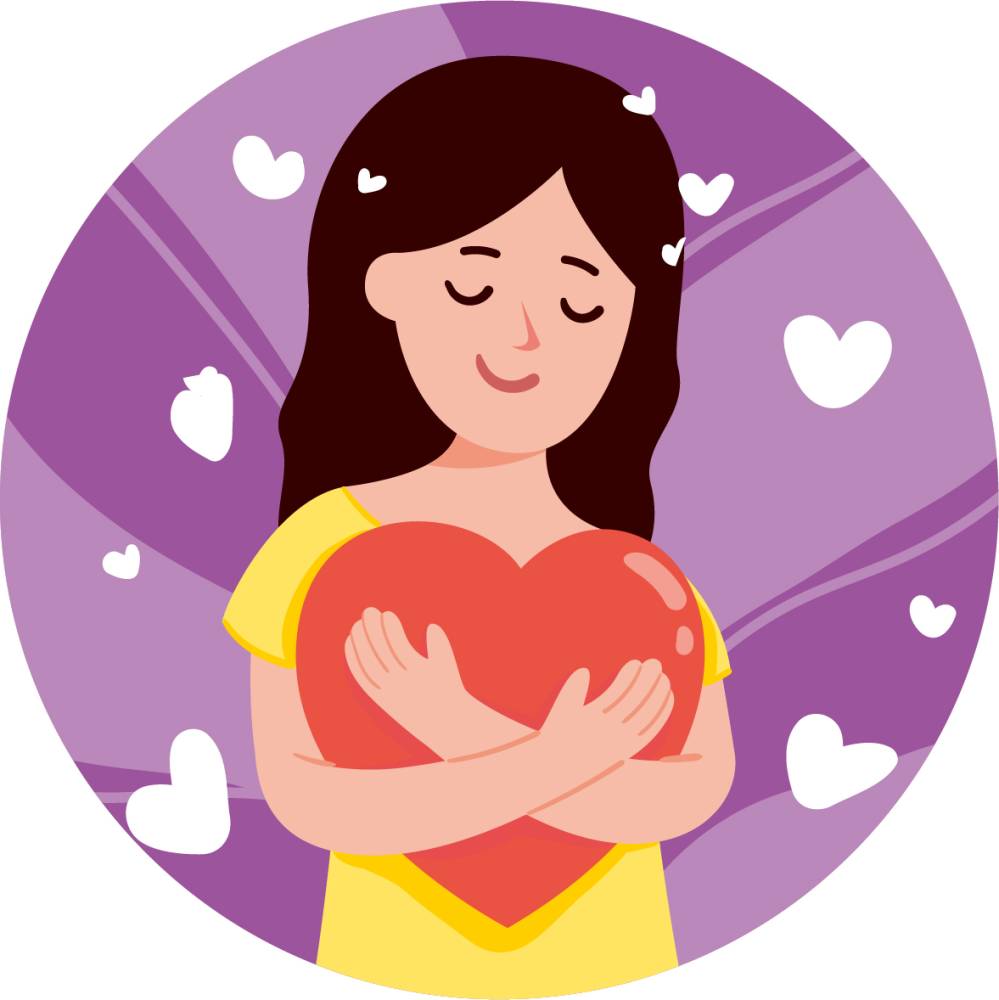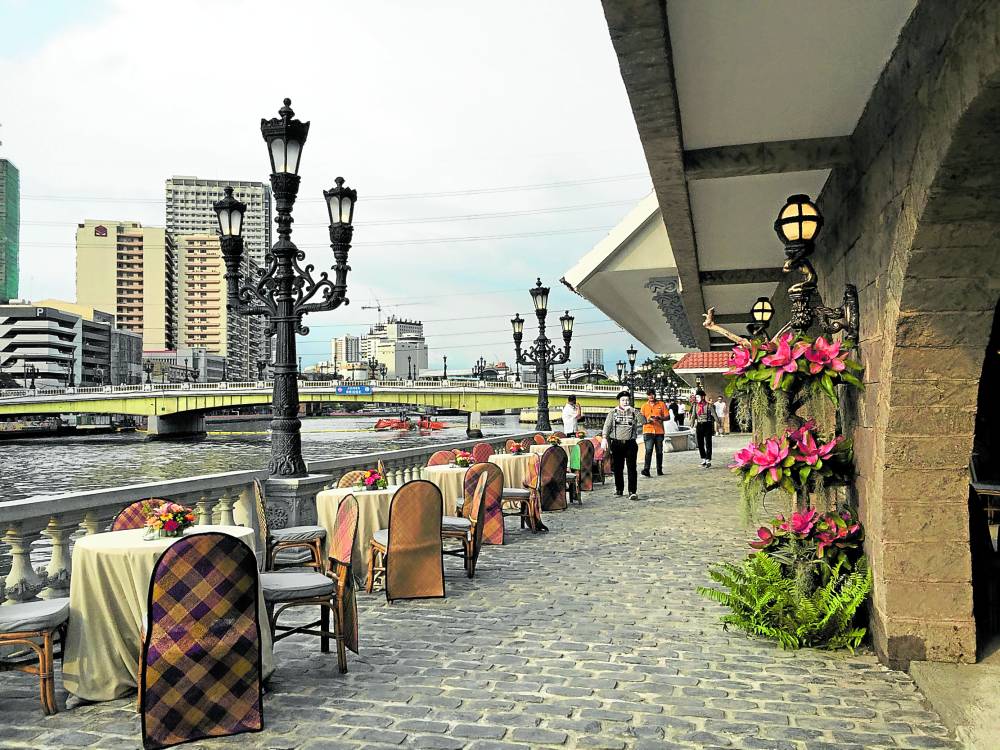
If you’re planning to be out all day making the most of the sunny weather, then you could also be at risk of heat stress caused by extreme heat. Here we’ve put together some tips to spot the signs of heat stress.
What is heat stress?
People suffer from heat stress when their bodies are unable to compensate for the heat and properly cool themselves. This is normally done via sweating, but in extreme heat conditions, sweating sometimes just isn’t enough. When this happens, body temperature rises rapidly, which may damage the brain or other vital organs.
The most serious form of heat stress is heat stroke, which can cause death or permanent disability if emergency treatment is not provided. Heat exhaustion is a milder condition which can develop after several days of exposure to extreme heat without proper hydration.
What are the signs of heat exhaustion?
There are a number of warning signs for heat exhaustion and they vary from person to person, but symptoms to look out for include:
Heavy sweating
Muscle cramps
Paleness
Tiredness
Weakness
Dizziness
Headache
Nausea
Vomiting
Fainting
Cool and moist skin
Fast and shallow breathing
A fast and weak pulse.
What to do if you suspect someone has heat exhaustion
Get the person to a cooler or shady area and somewhere they can lie down.
Try to cool the person down quickly: loosen clothing, run a bath with cool water or use a cool shower, apply cool sponges or towels, or if the humidity is low, wrap the person in a cool, wet sheet and fan him or her vigorously.
Sip water and do not drink alcohol.
Monitor body temperature and continue cooling efforts until the body temperature drops to 101°-102°F / 38.3°-38.8°C.
What are the signs of heat stroke?
Again symptoms may vary, but look out for the following:
Extremely high body temperature (above 103°F)
Red, hot, and dry skin with no sweating
A rapid, strong pulse
Throbbing headache
Dizziness
Nausea
A confused mental state
Slurred speech
Loss of consciousness (coma)
Seizures
What to do if you suspect someone has heat stroke
Call 911 immediately or your city’s local emergency hotline, because this is a medical emergency.
Move the person to a cooler environment.
Reduce the person’s body temperature with cool cloths or even a cool bath.
Do NOT give them fluids. JB
RELATED STORY:
DOH warns public vs heat stroke














































